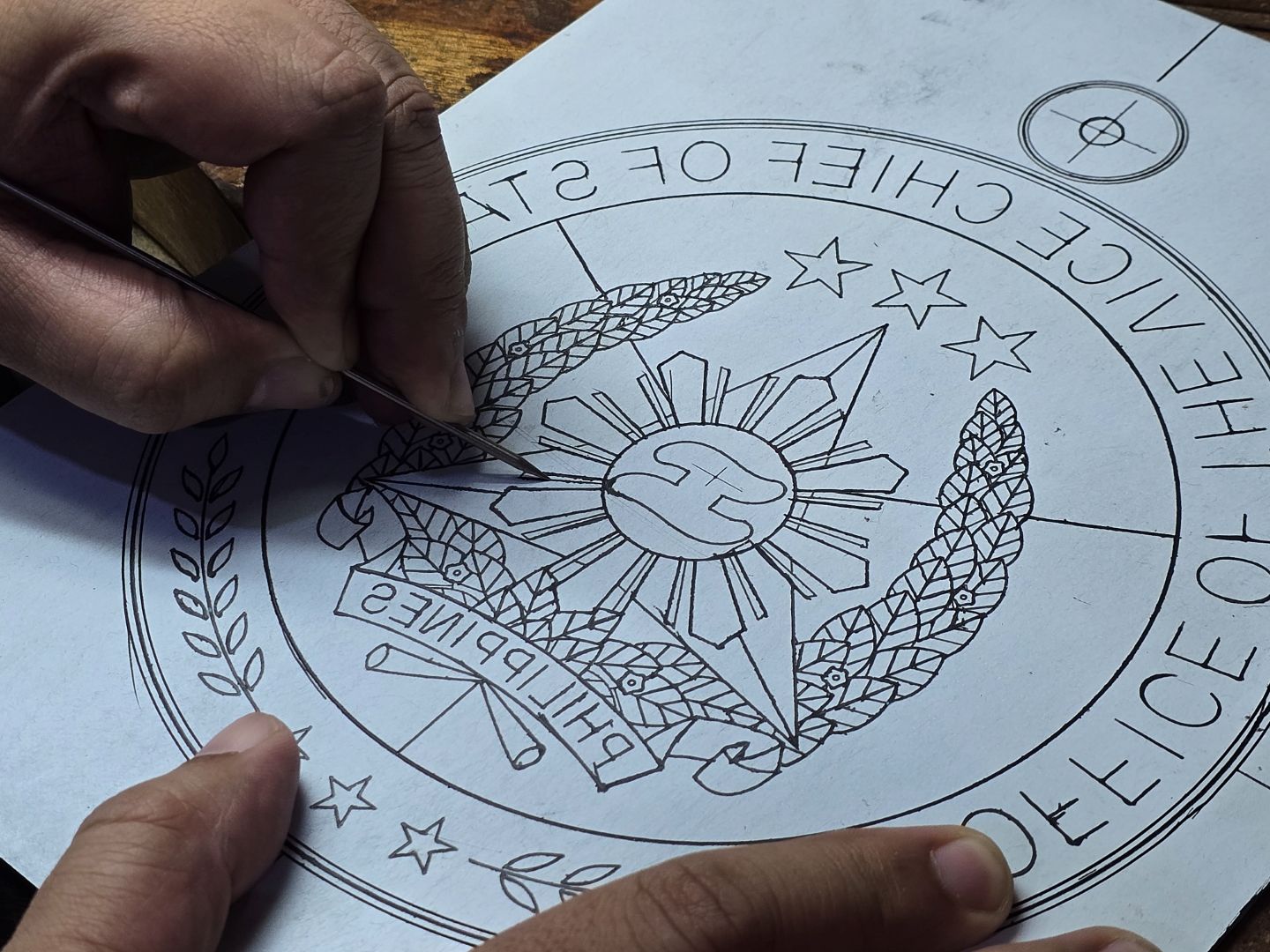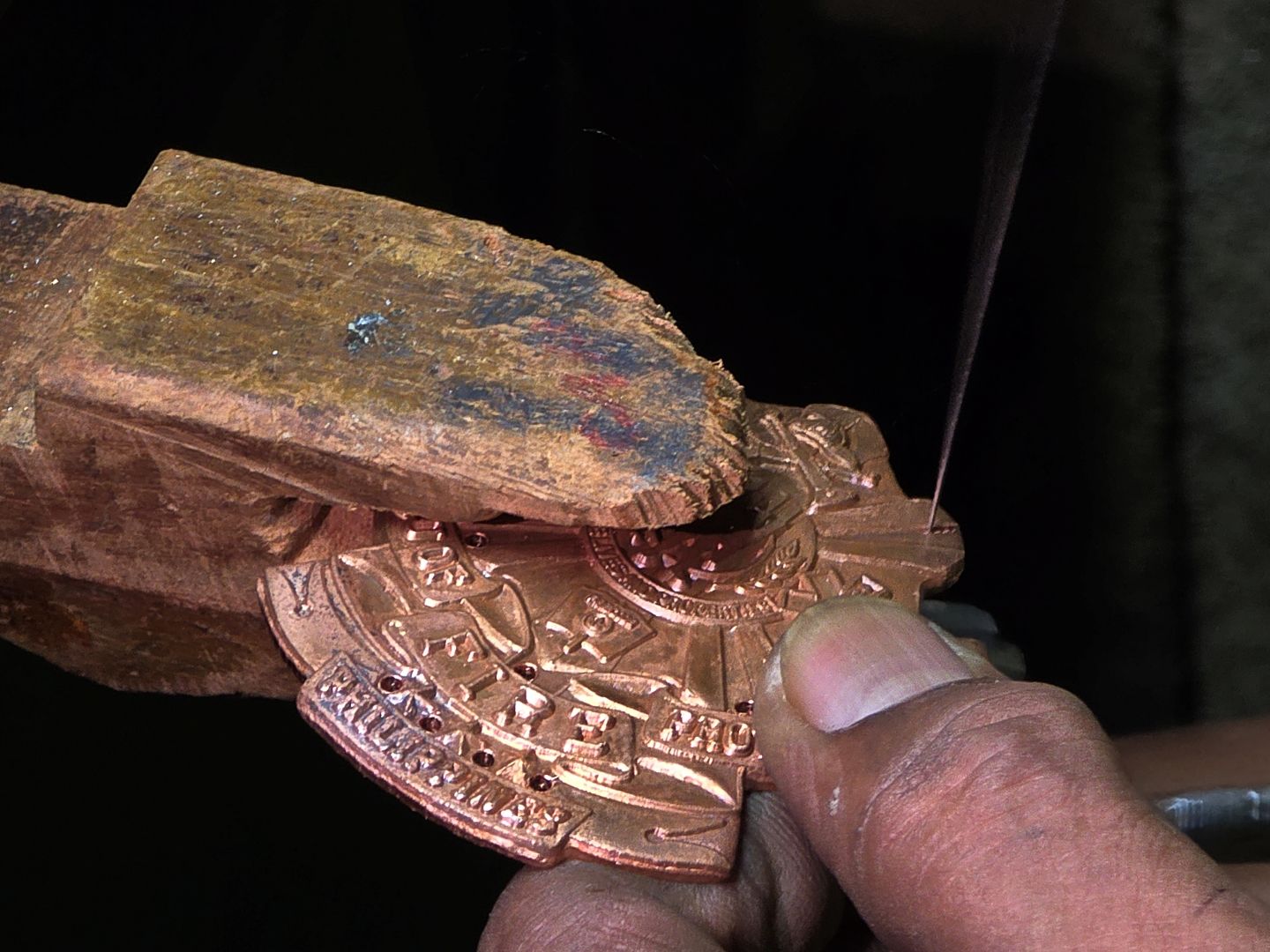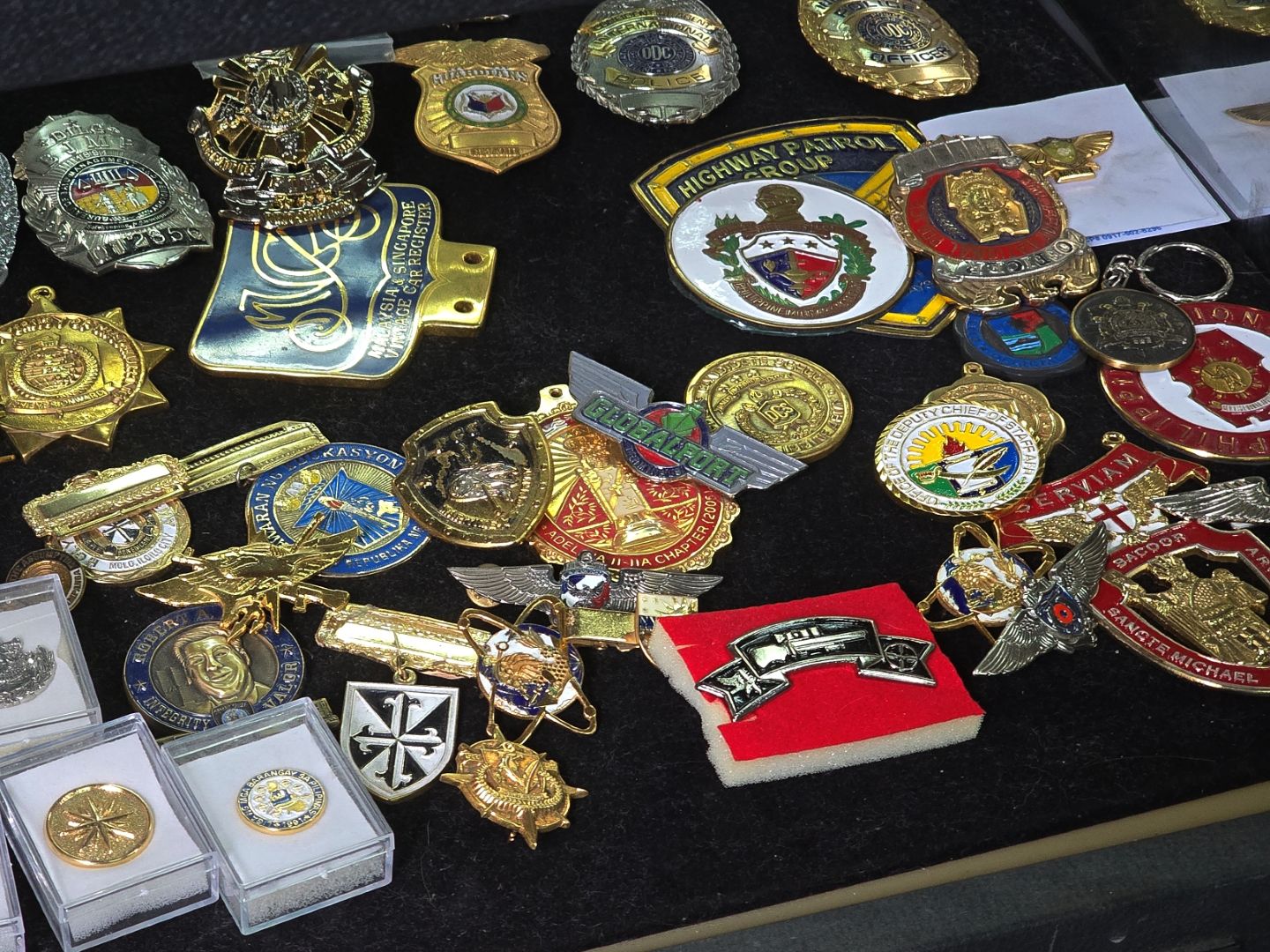
In an age of rapid technological advancement and mass production, the survival of traditional craftsmanship is increasingly at risk of forever disappearing. Many skills that were once the backbone of industries are fading, with few artisans remaining able to preserve these arts.
One such craft, the art of metalwork, faces the same uncertain future. But one man and his team, among the last of their kind in the Philippines, continue to thrive in a world dominated by automation and mass production.
Mick Santi, a fourth-generation artisan, leads a family business with roots tracing back to 1896. T.R. Santi Enterprises, or Santi and Sons, specializes in creating custom medals, rings, belt buckles, and other metal insignia, maintaining a legacy of craftsmanship passed down for over a century.
Established before the Philippine Republic as we know it was born, the owners have documented proof of a scabbard belonging to Emilio Aguinaldo with the Santi signature on it. It is a company deeply steeped in tradition and has stood the test of time.
However, the future of the company, and the industry it represents, is uncertain.
Metalworking in the Philippines
At its height, Santi and Sons held an impressive market share, providing custom-made products to universities, military institutions, and government agencies throughout the Philippines. The business flourished in the mid-20th century, reaching its peak between the 1960s and 1980s. During these decades, the demand for custom insignia, military decorations, and other handcrafted items was high. However, as technology advanced and global trade opened, the industry began to change. Mass production became the norm, with countries like China offering cheaper, faster alternatives to handcrafted items.

The demand for custom work declined, and with it, the number of artisans capable of producing such intricate designs dwindled. By the 2000s, the market had shifted dramatically.
Santi recalls, "People care more about experiences than things. For example, a parent would opt to give their child a trip to Hong Kong instead of a graduation ring." He notes that this shift is driven by societal changes, where the focus on tangible, long-lasting products has diminished in favor of short-term experiences.
Value of handcrafted work
The essence of what sets Santi and Sons apart from its competitors lies in the hands of the artisans who work there. Unlike mass-produced items, the pieces created in their workshop are painstakingly crafted by hand, with every detail carefully executed to meet the specific desires of the client. This attention to detail and personalized approach is something that no machine can replicate. In reflecting on their work, Santi notes, "Mass-produced items all look the same. They lack character. With handcrafted work, you can see the imperfections—small details that make each piece unique." Whether it's a university ring, a military medal, or a corporate emblem, each item that leaves their workshop is the result of hours of skilled labor and years of experience. The work his team does reflects a level of artistry that cannot be replicated by automation. The process is complex and requires mastery of several techniques. From sketching the initial design to engraving and polishing the final product, every step demands precision and craftsmanship.

Materials like silver, gold, and stainless steel are selected for each project, and the artisans must understand how to work with these metals to achieve the desired result. These traditional skills, passed down through generations, are becoming rare.
Santi emphasizes the challenge of competing with mass-produced items. "We're not China...We can't compete on price, so we have to compete on value. Our products are handmade. They're special. They have meaning." His words emphasize the importance of focusing on what differentiates handcrafted items from those made by machines.
Struggle to compete
One of the biggest challenges Santi and Sons faces today is competing with mass-produced items. "The industry as a whole...it's a dying industry," Santi admits.
The materials they use, particularly precious metals like gold, are expensive, and the labor required to craft each piece is time-intensive. In contrast, mass-produced items made of cheaper materials can be turned out quickly and in large quantities, driving down costs for the consumer.
However, Santi believes there is still a place for handcrafted items in the market. His approach is to focus on quality and the unique value of custom designs. While they may be more expensive, they offer something that mass-produced items cannot—individuality and a personal connection to the product. This focus on quality over quantity is what Santi hopes will allow his company to survive in an increasingly competitive market.
The company has also had to shift its target market. Whereas they once supplied large institutions like universities and government agencies, Santi and Sons now focuses more on smaller, niche markets, including individual clients who appreciate the value of custom-made items.
"You only ever need one graduation ring. One wedding ring," Santi observes, pointing out that while their products aren't bought in bulk, they hold significant personal value for each customer.
Passing down the craft
As much as Mick Santi is concerned about the present, he is equally worried about the future. One of his biggest concerns is the lack of new artisans entering the field. "We don't have a culture of apprenticeship anymore," he says. Unlike previous generations, young people today are less interested in learning a craft that takes years to master. They want instant results, which is difficult to achieve in a profession that requires patience and precision.

For Santi, mentorship is key to preserving the art of metalwork. Many of the artisans working in his shop have been there for decades, some following in the footsteps of their parents or grandparents. Santi believes that the knowledge and skills passed down through generations give their products a sense of authenticity and uniqueness that cannot be replicated by machines.
Looking forward, Santi hopes to invest more in training the next generation of metalworkers. He believes that if more young people were exposed to the craft, they would come to appreciate the artistry involved. However, without mentorship and opportunities to learn, the skills required for custom metalworking may be lost forever.
Hope for revival
Despite the challenges, Mick Santi remains optimistic about the future of his craft. He understands that while mass production will always dominate the market, there will always be a place for quality, handcrafted items. His mission is to remind people of the value of such work and to create products that stand the test of time.
In a world increasingly driven by technology, it's easy to forget the importance of traditional craftsmanship. But for Mick Santi, metalworking is not just a business—it's a legacy. And as long as he continues to fight for it, the art of custom metalworking will live on.
CAPTION: